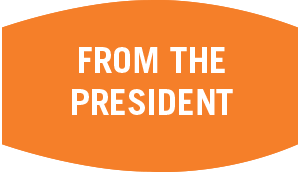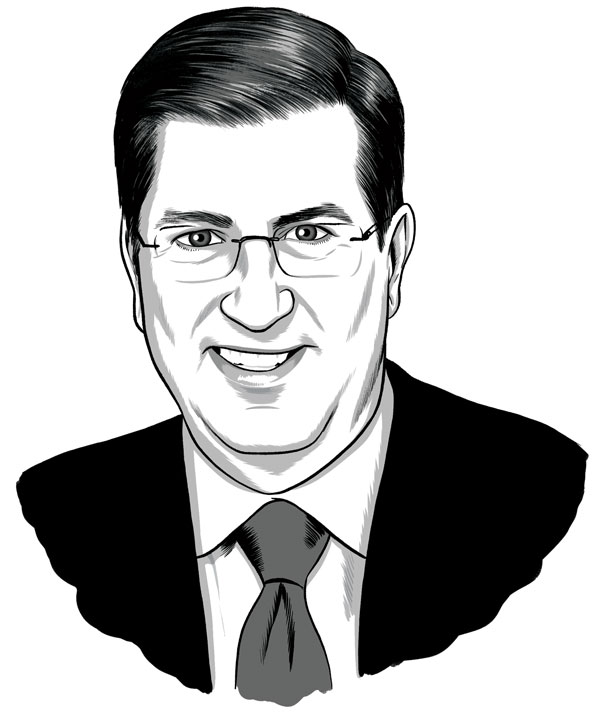

Kyle Harper, a University of Oklahoma classics professor, made this powerful statement in a Feb. 15 New York Times op-ed, comparing the pandemic and political turmoil that occurred in the ancient Roman reign of Commodus to our present time. During this turbulent moment in the world’s — and our own — history, I also can’t help making comparisons to challenges other Bucknell presidents faced.
TWIN CHALLENGES
But another period of turbulence also resonates for me. In the throes of the Great Depression, Bucknell was not only bogged down in debt, but also a health crisis. Homer Rainey, elected president in 1931, was faced immediately with declining enrollment and an outbreak of polio. Lester Fowle, a Geisinger Hospital staffer who served as college physician, moved quickly to isolate cases and administer “proper serum treatment,” Lewis Theiss wrote in Centennial History of Bucknell University. An epidemic was prevented, but not without sorrow. Several students fell ill, and one died.
Adding to Rainey’s woes, in 1932 Old Main caught fire, destroying 12 classrooms and administrative offices. As the Depression deepened, financial problems continued to mount, led by a decline in enrollment from 1,185 students in 1930–31 to 1,069 two years later. Hoping to reverse the trend, the Board of Trustees charted a way forward — approving three new positions in student recruitment and a 10% reduction in faculty and staff salaries and pensions. Despite these sacrifices, Depression- driven troubles persisted.
By 1934–35, enrollment had dropped to 992. But by the following fall, an extraordinary enrollment push brought a dramatic uptick in admissions — an increase in total enrollment of 216% over the previous year. As reported in the October 1935 issue of the Bucknell Alumni Monthly, “The largest freshman class in history did not just happen to drop into Lewisburg to go to college. They were inspired to come to Bucknell by Bucknellians.” Conditions stabilized, and Bucknell grew into the University we cherish today. Then, as now, dedicated alumni as well as our trustees and our campus heroes, in the front of the classroom and behind the scenes, enable our University to prevail during hazardous times.
We’re still in the thick of a global pandemic as I write this in mid-February. Two weeks into the spring semester, we have higher case counts than we did in the fall. But here we are, still delivering a world-class education via Zoom and/or in person, depending upon our case counts. That said, we’re certainly seeing light at the end of the tunnel, with vaccine rollouts increasing and declining numbers globally.
CAUSE FOR CELEBRATION
Amid our current troubles, we also have cause for celebration. On Feb. 5, Bucknell marked its 175th birthday, with a proclamation read at our Board of Trustees meeting and a congratulatory resolution read on the Pennsylvania Senate floor by one of our own, Gene Yaw ’65, P’15. (You can read more on the anniversary on Page 14.)
When Bucknell celebrates its 225th anniversary in 2171, I will no longer be president, but I can make some predictions about how this era will be viewed. What we face today will be seen as a very difficult time for American higher education, Bucknell included, but I’m sure we’re not only going to be here in 50 years, we’ll be thriving.

John C. Bravman
President